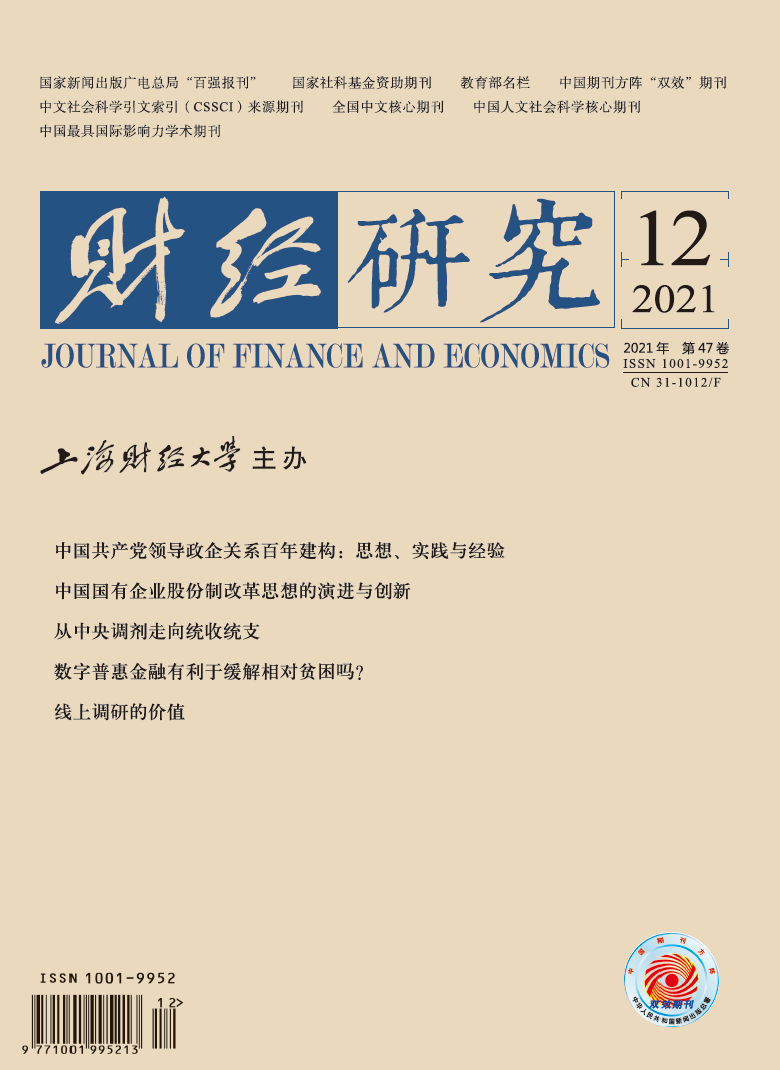The fundamental purpose of capital market openness is to deepen the financial reform and openness, improve the resource allocation efficiency and ultimately support the high-quality development of real economy. Existing studies verify that capital market openness affects firm financing and investment behaviors, but do not offer direct evidence of the effect on the preference of firm investment structure. This study devotes special attention to the unstudied question. Theoretically, we discuss the “double-edged sword” effect of capital market openness on firm investment structure. Empirically, using the annual data of non-financial listed firms during 2010-2019, and constructing a quasi-natural experiment of the SH-HK and SZ-HK stock connect trading system which is a landmark of China’s capital market openness, this study examines the impact of capital market openness on the preference of firm investment structure, evaluates two possible channels of financing cost and return on assets, and explores the possible heterogeneity of the impact from the perspectives of financing constraints, growth and industry attributes.
The results show that the SH-HK and SZ-HK stock connect can guide firm investment structure toward real investment, and the effect is pronounced in firms with higher financing constraints and higher growth, and in the manufacturing sector. In terms of the underlying transmission channels, capital market openness reduces the cost of equity financing and narrows the gap between real and financial returns, exerting a “correcting” effect on the financialization of firm investment structure and ultimately promoting firms to prefer to real investment. Moreover, capital market openness improves firm value and total factor productivity through optimizing investment structure.
The main contributions are threefold: First, this paper extends the study of the economic effect of the SH-HK and SZ-HK stock connect to firm investment structure and the problem of “from real to virtual”, providing a better understanding of capital market openness promoting the high-quality development of real economy. Second, this paper divides firm investment into real investment and financial investment and constructs a measurement of firm investment structure preference. This allows us to offer direct empirical evidence in terms of the relationship of capital market openness and the preference of firm investment structure. Third, this paper verifies that the SH-HK and SZ-HK stock connect promotes firms to prefer to real investment through the channels of cost of equity financing and return on assets, providing a feasible direction with respect to correcting the financialization of non-financial firms and guiding firms toward real investment through a higher level of capital market openness.





 6375
6375  8405
8405

